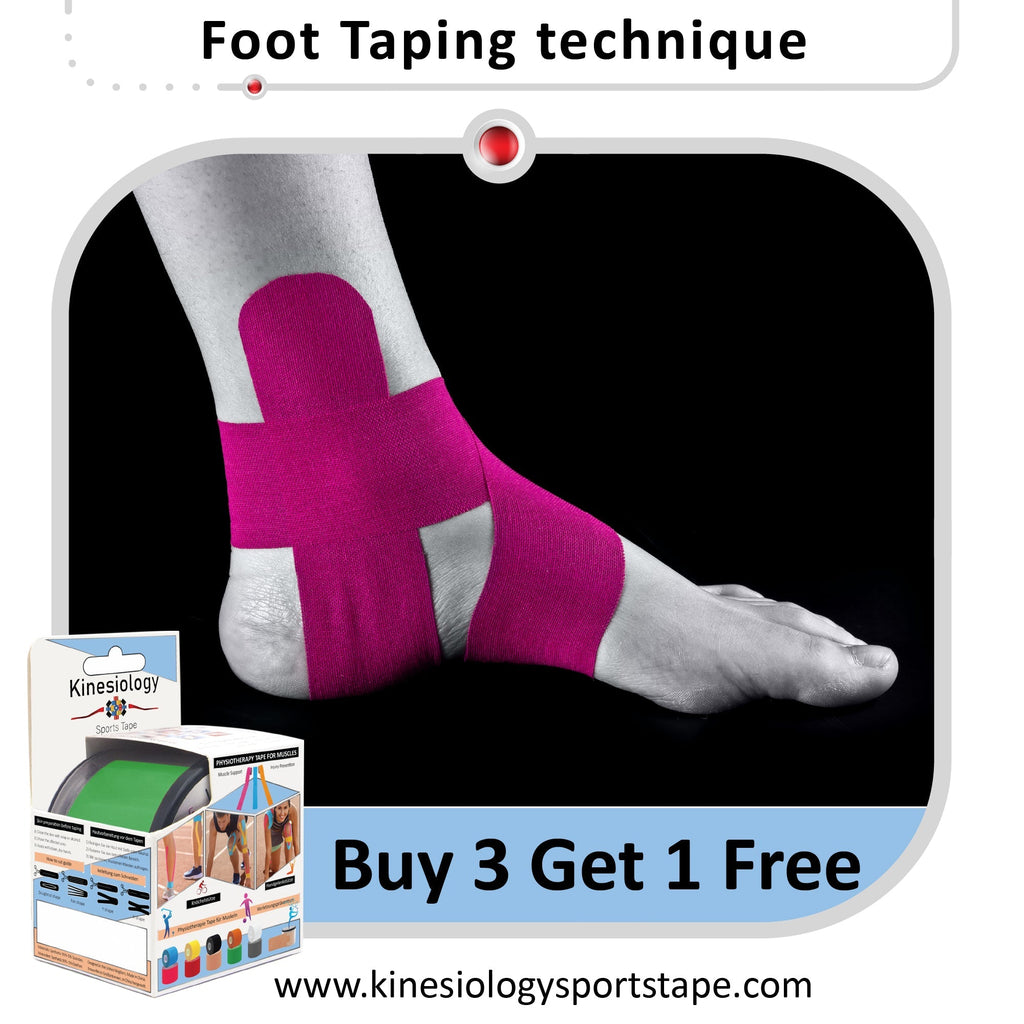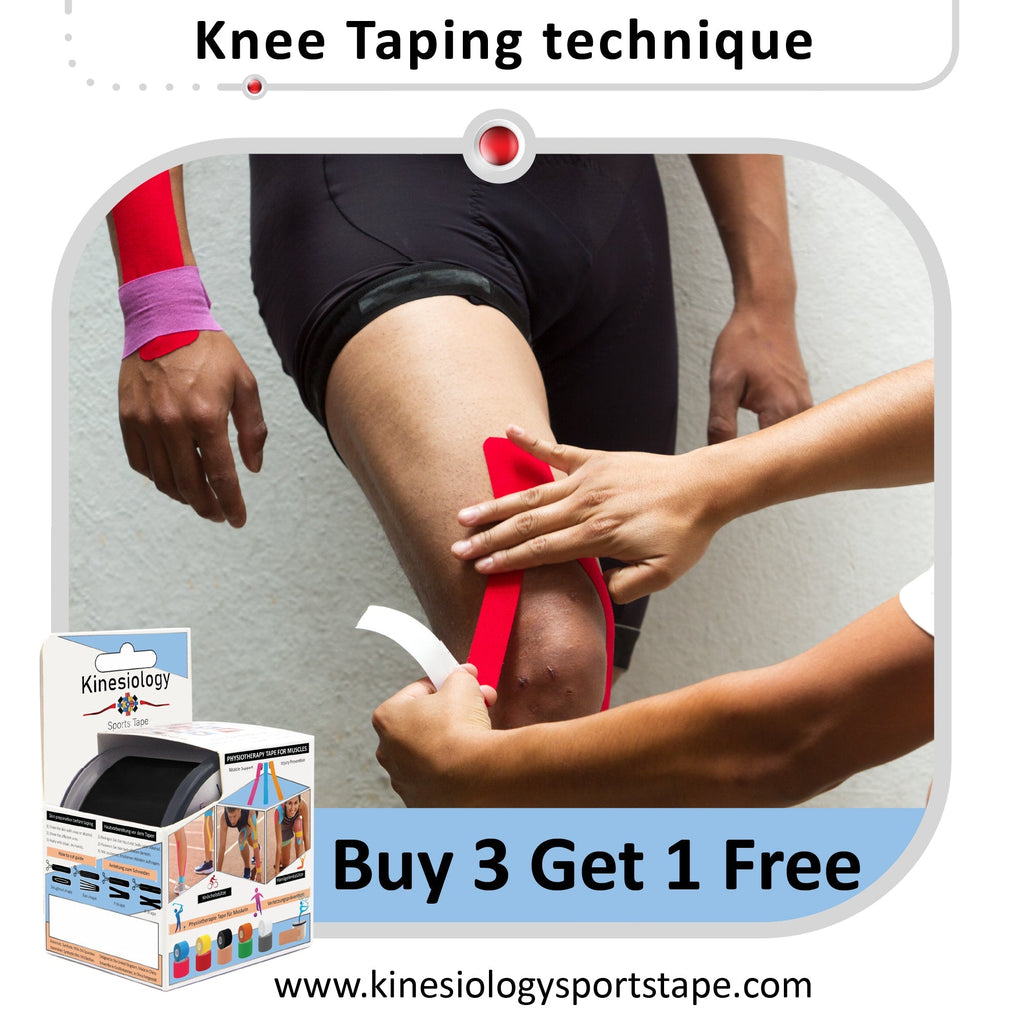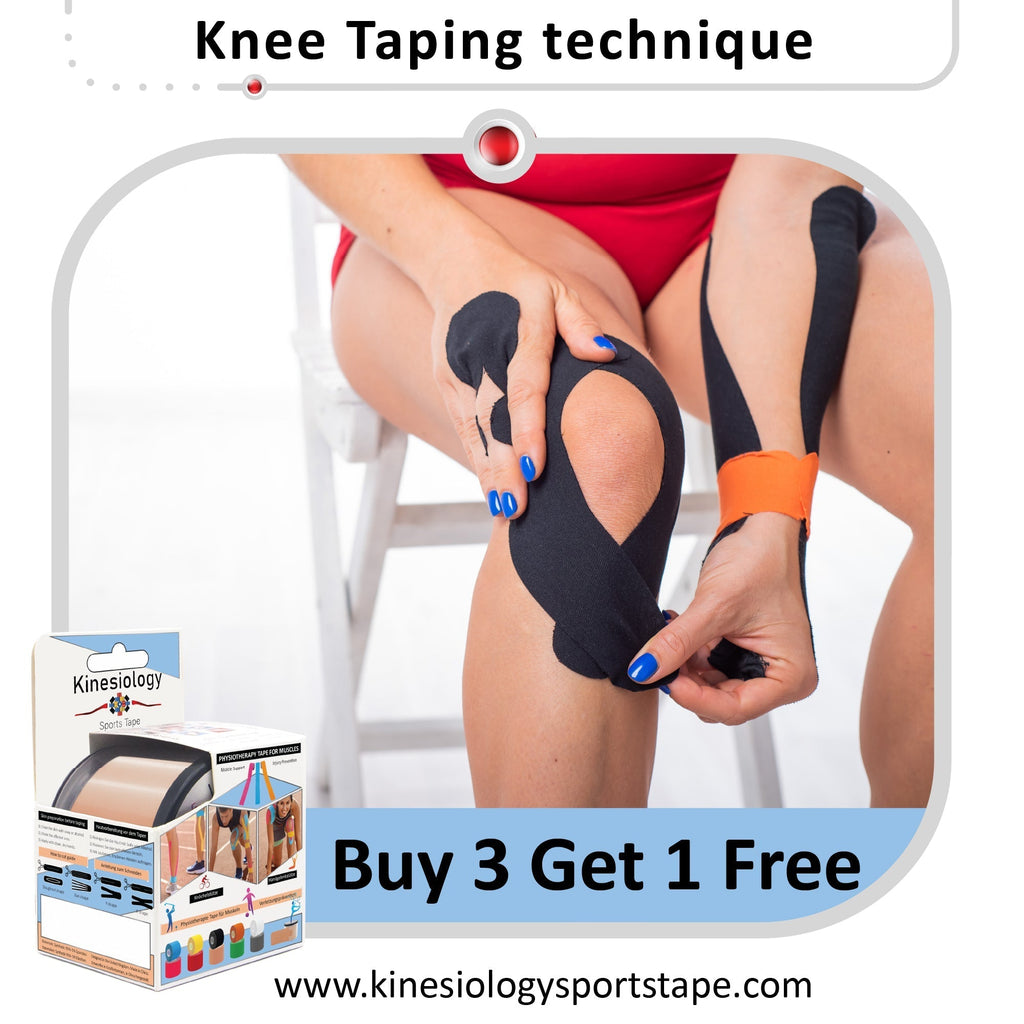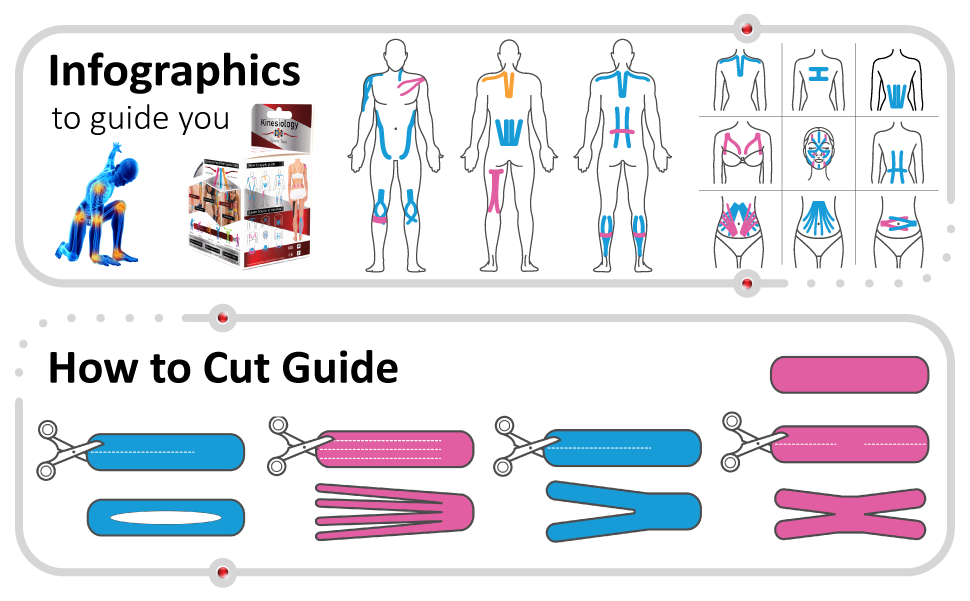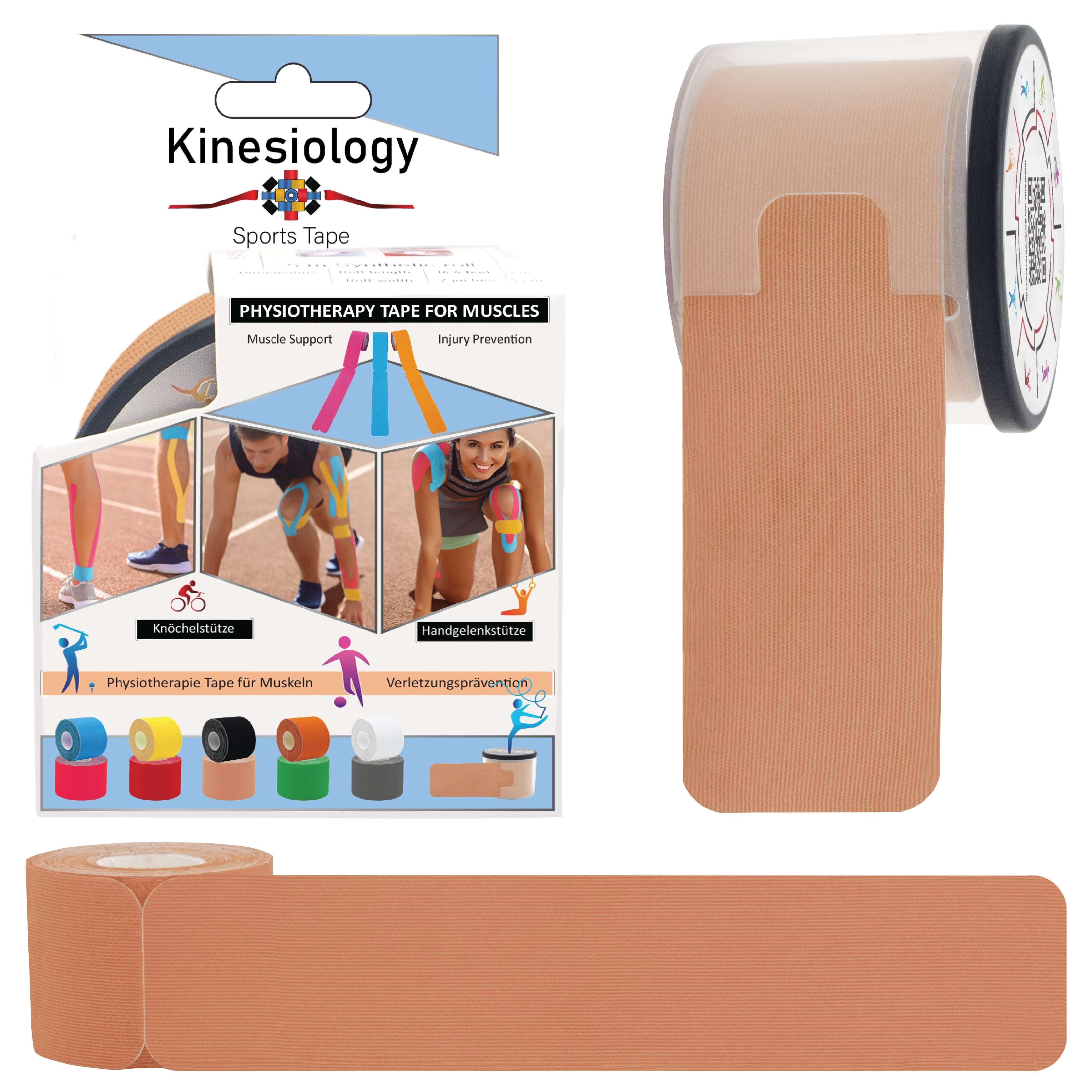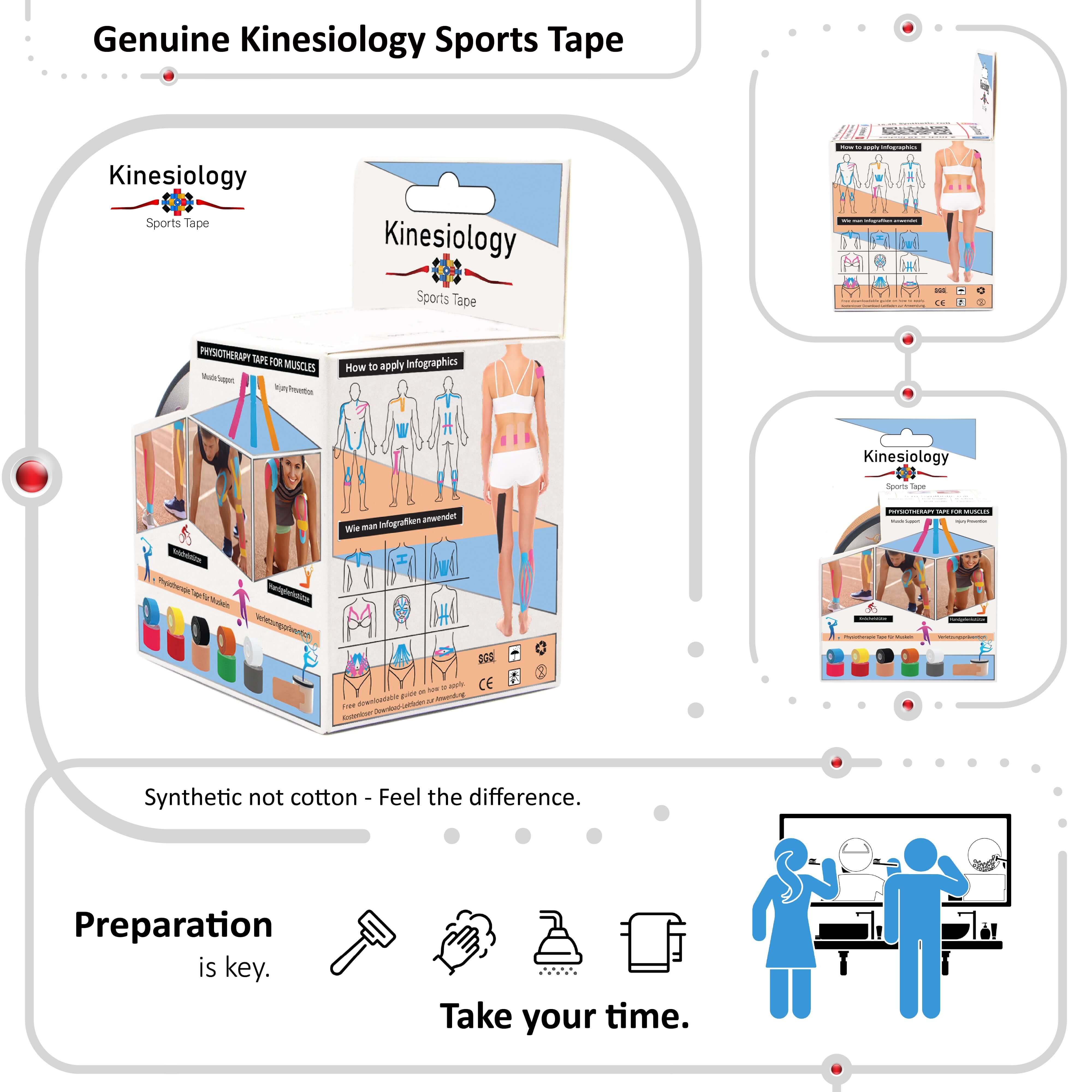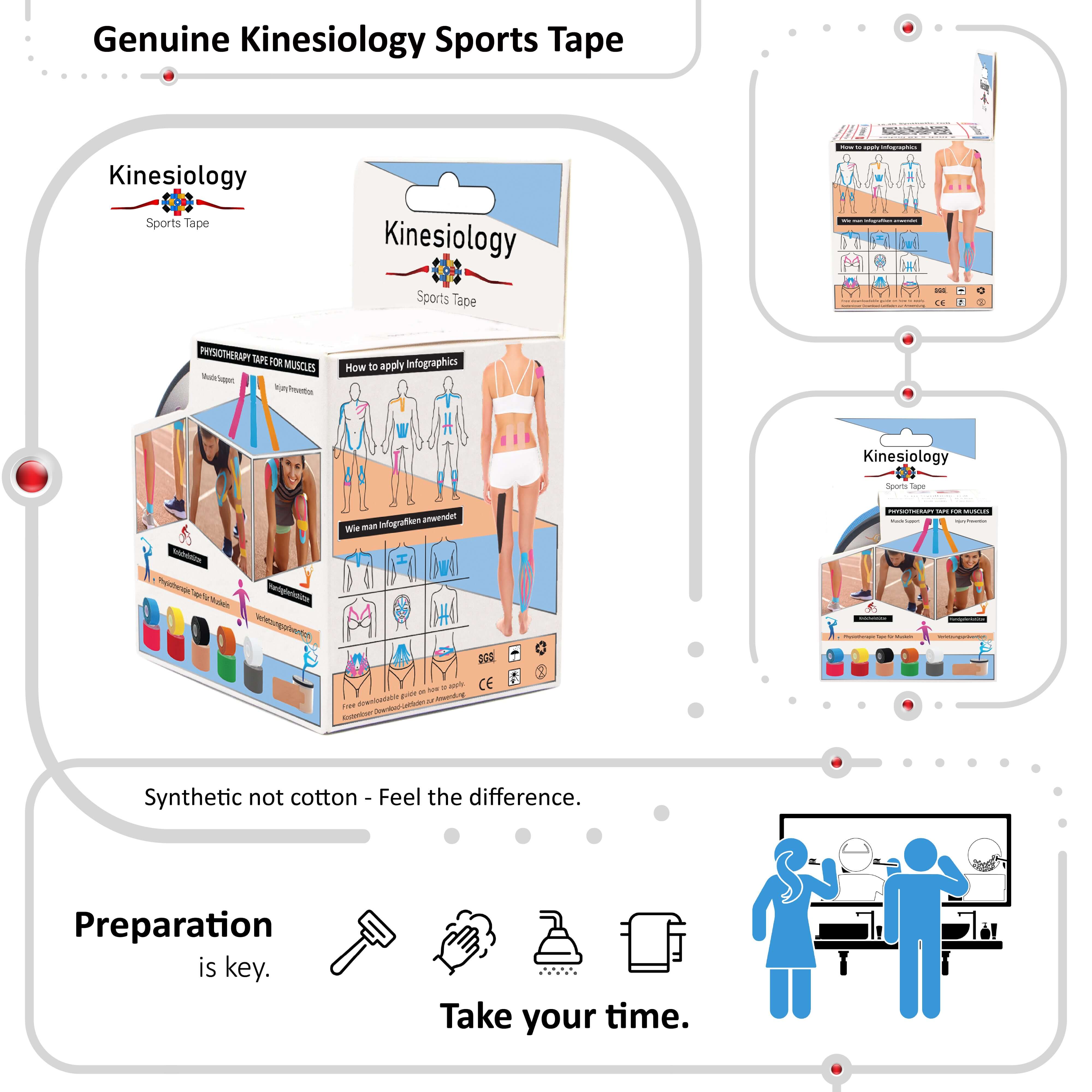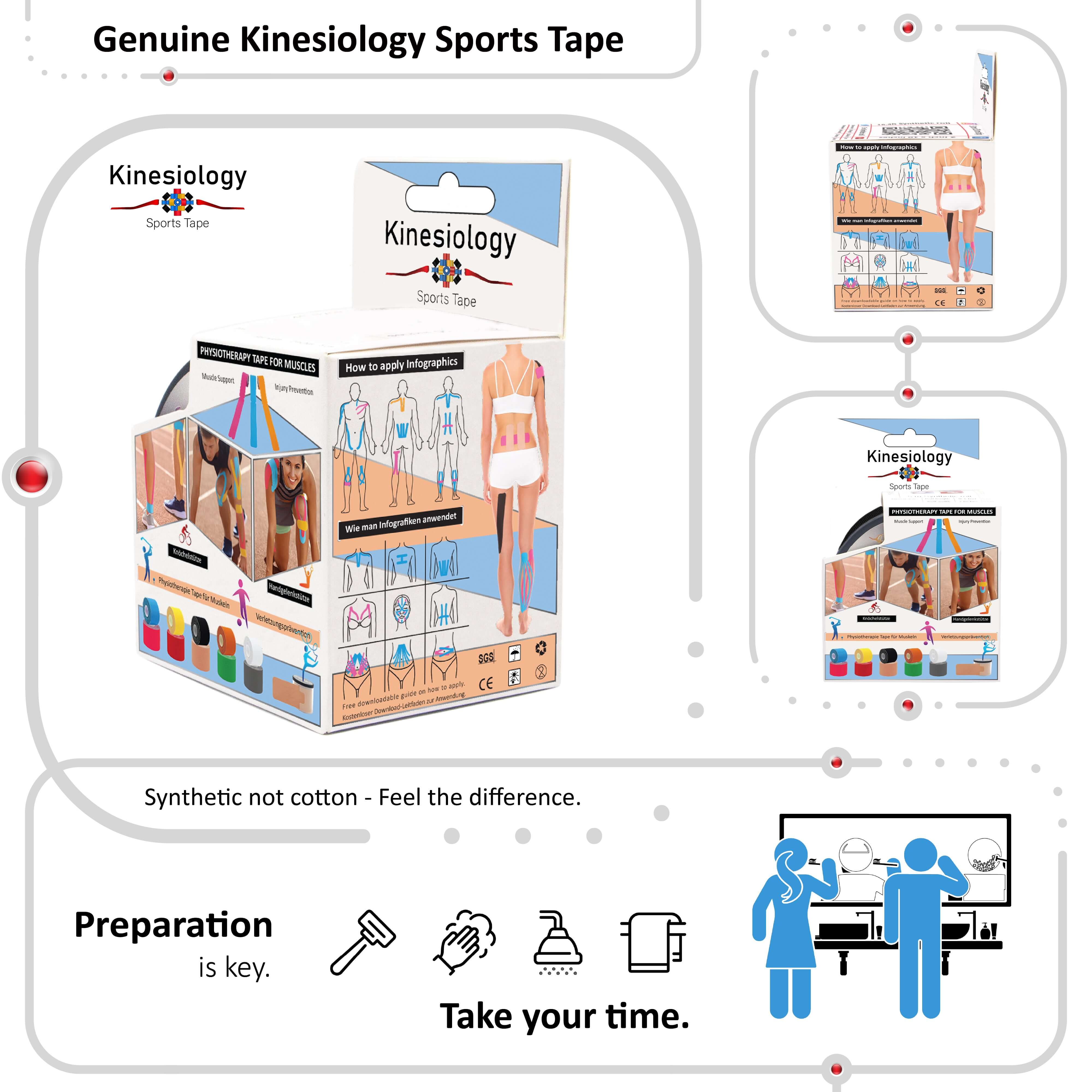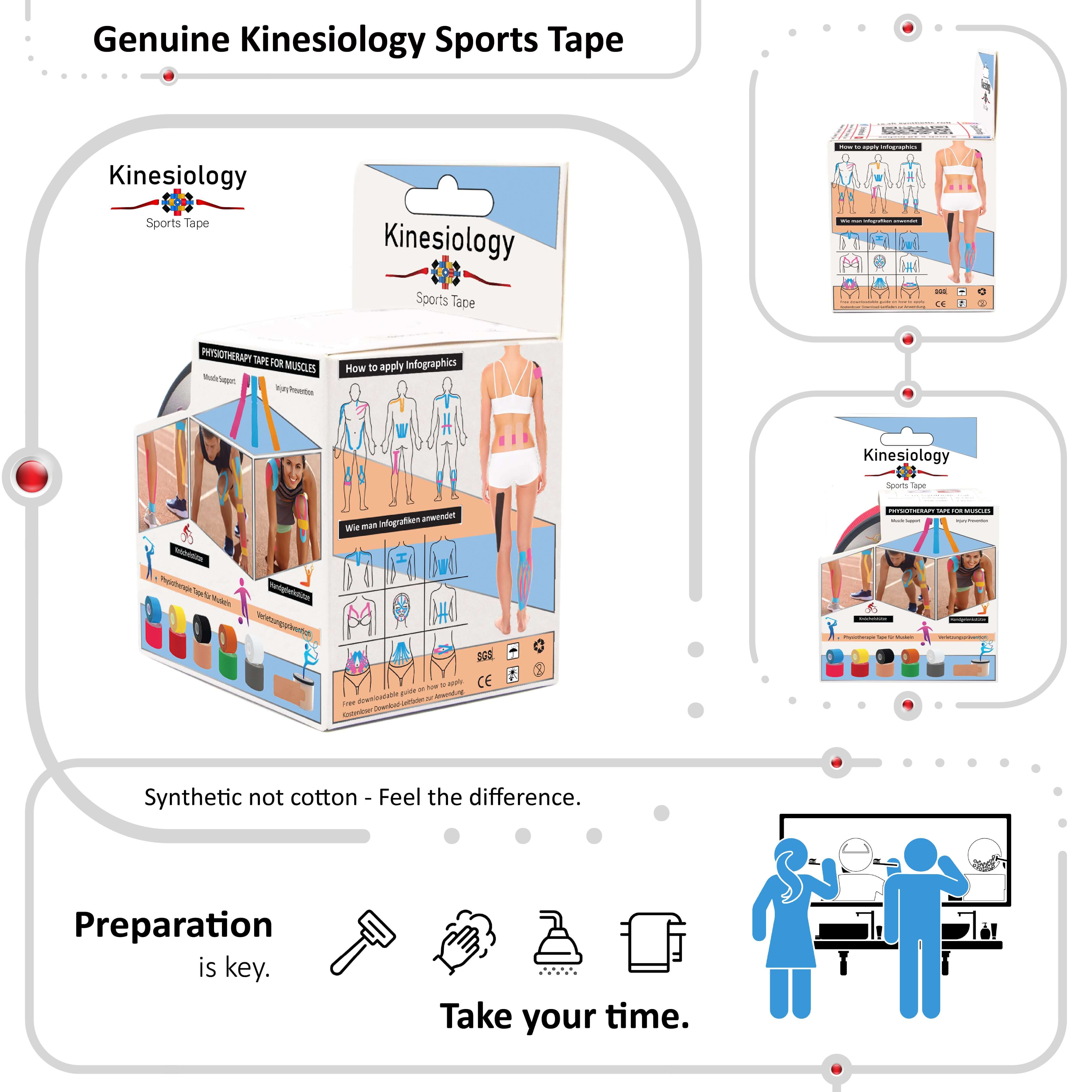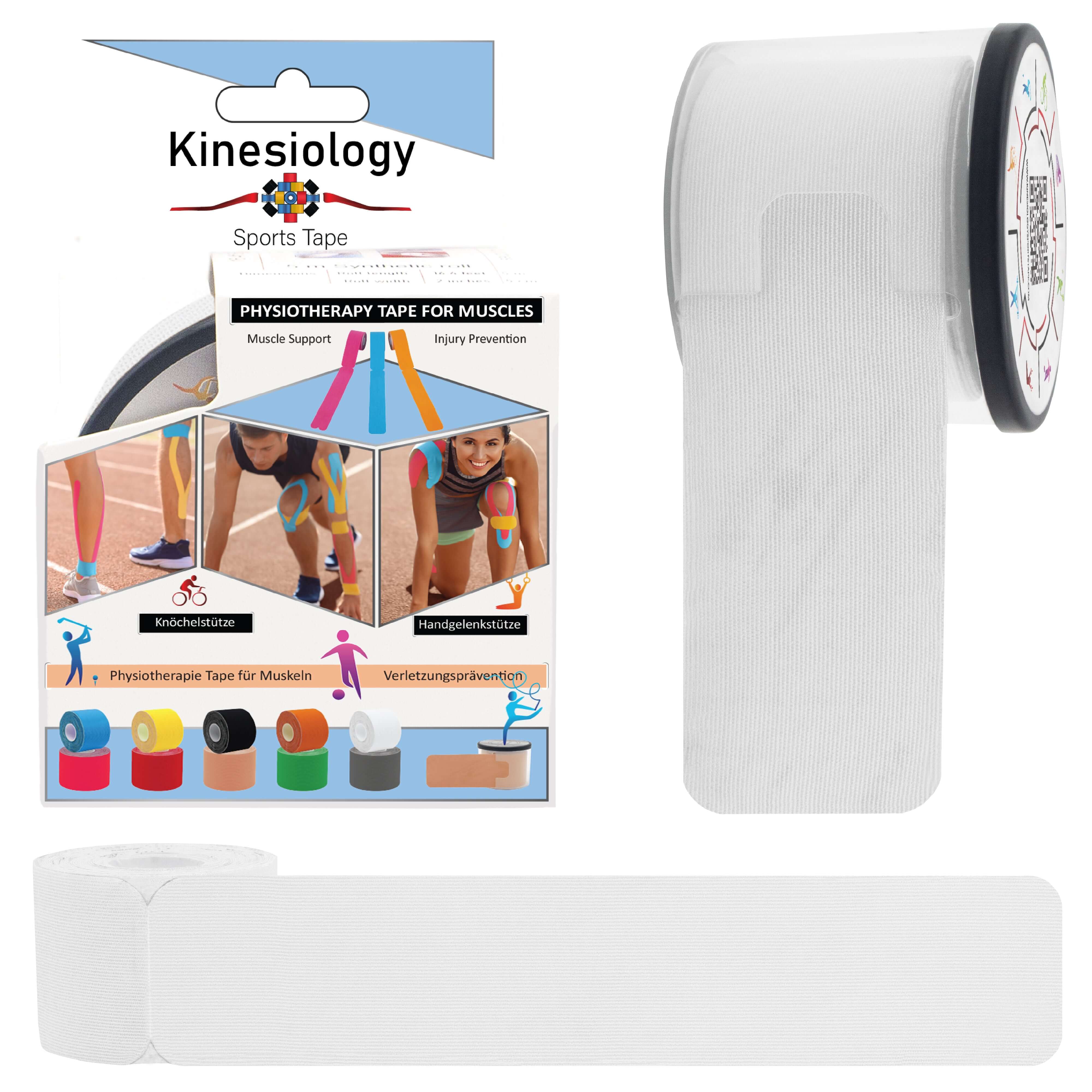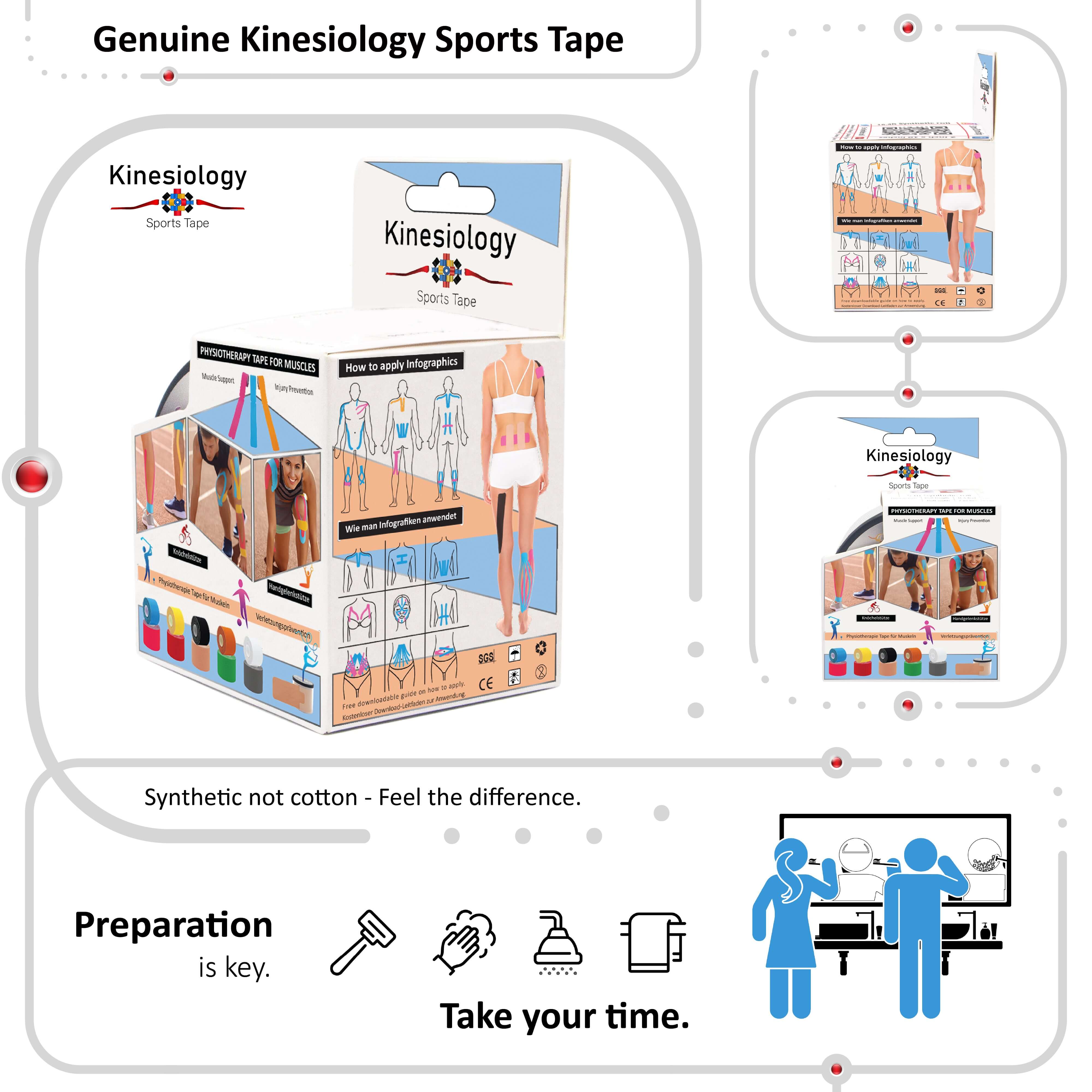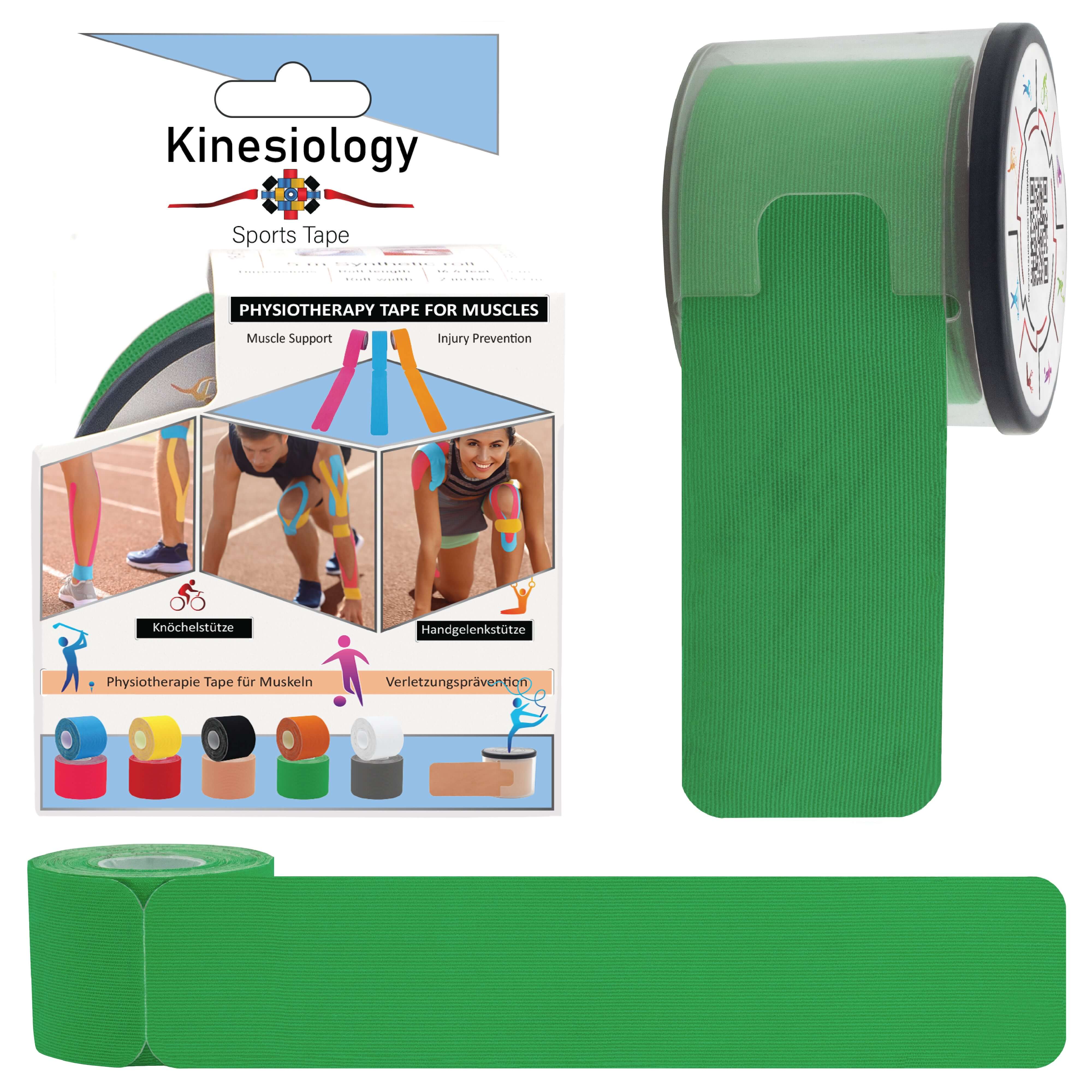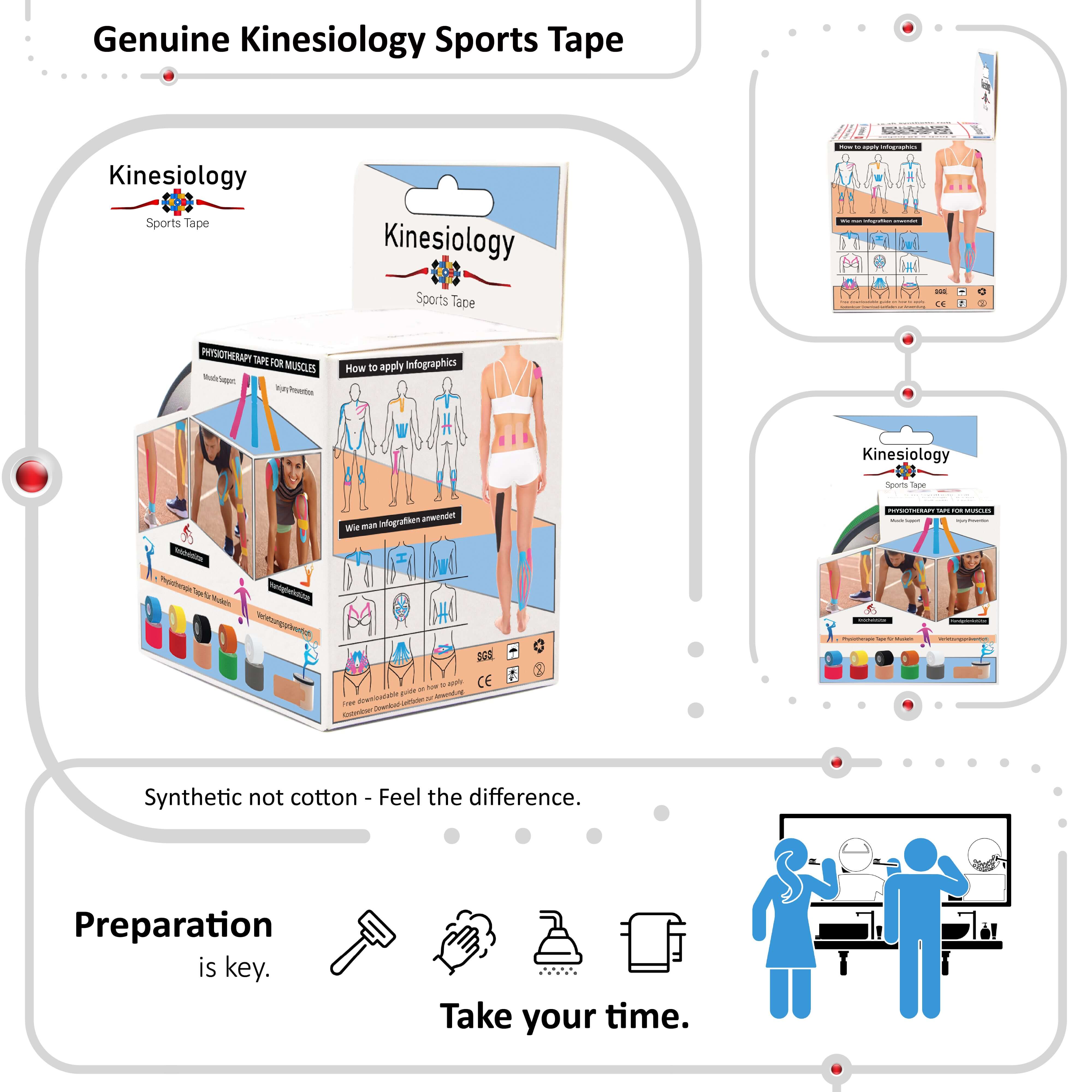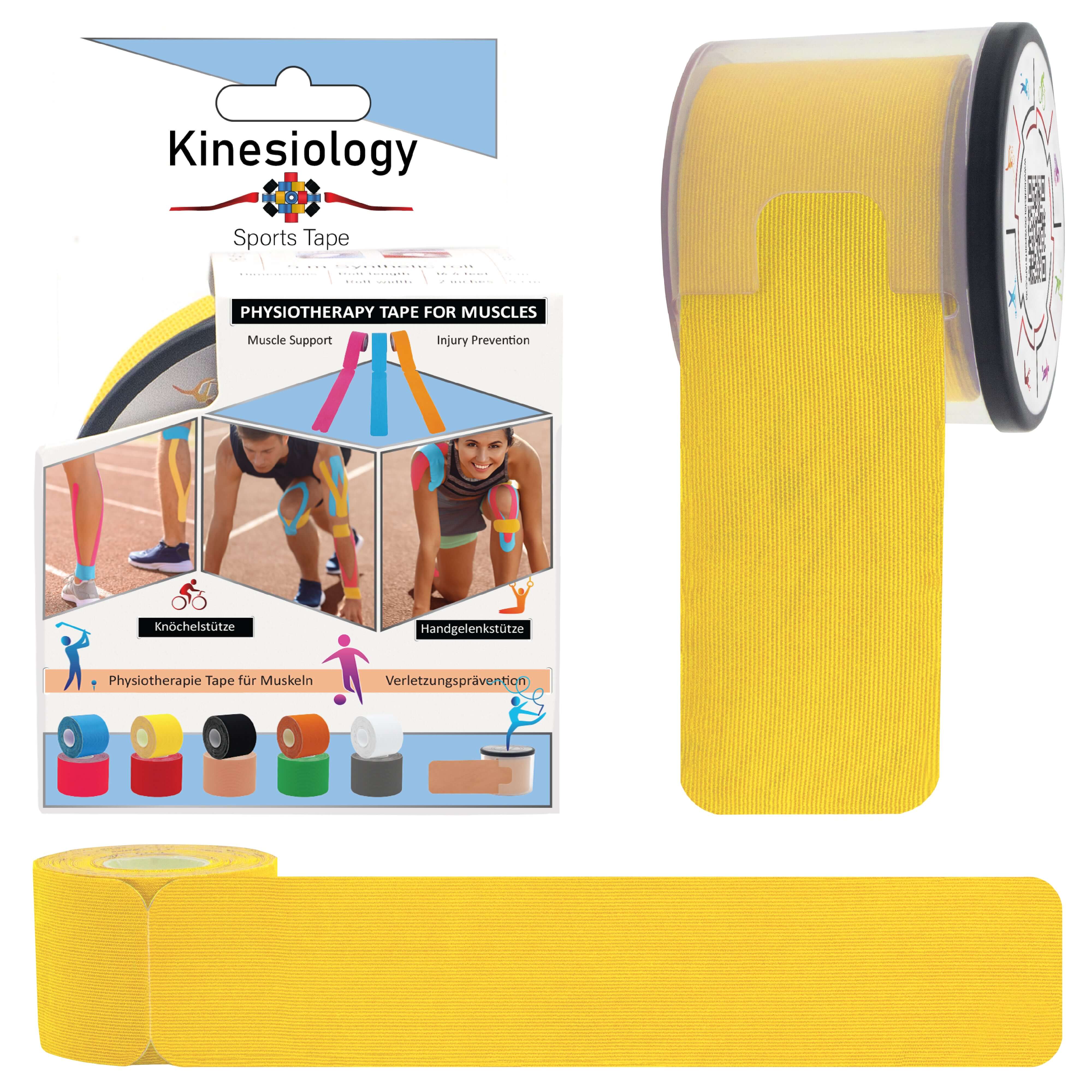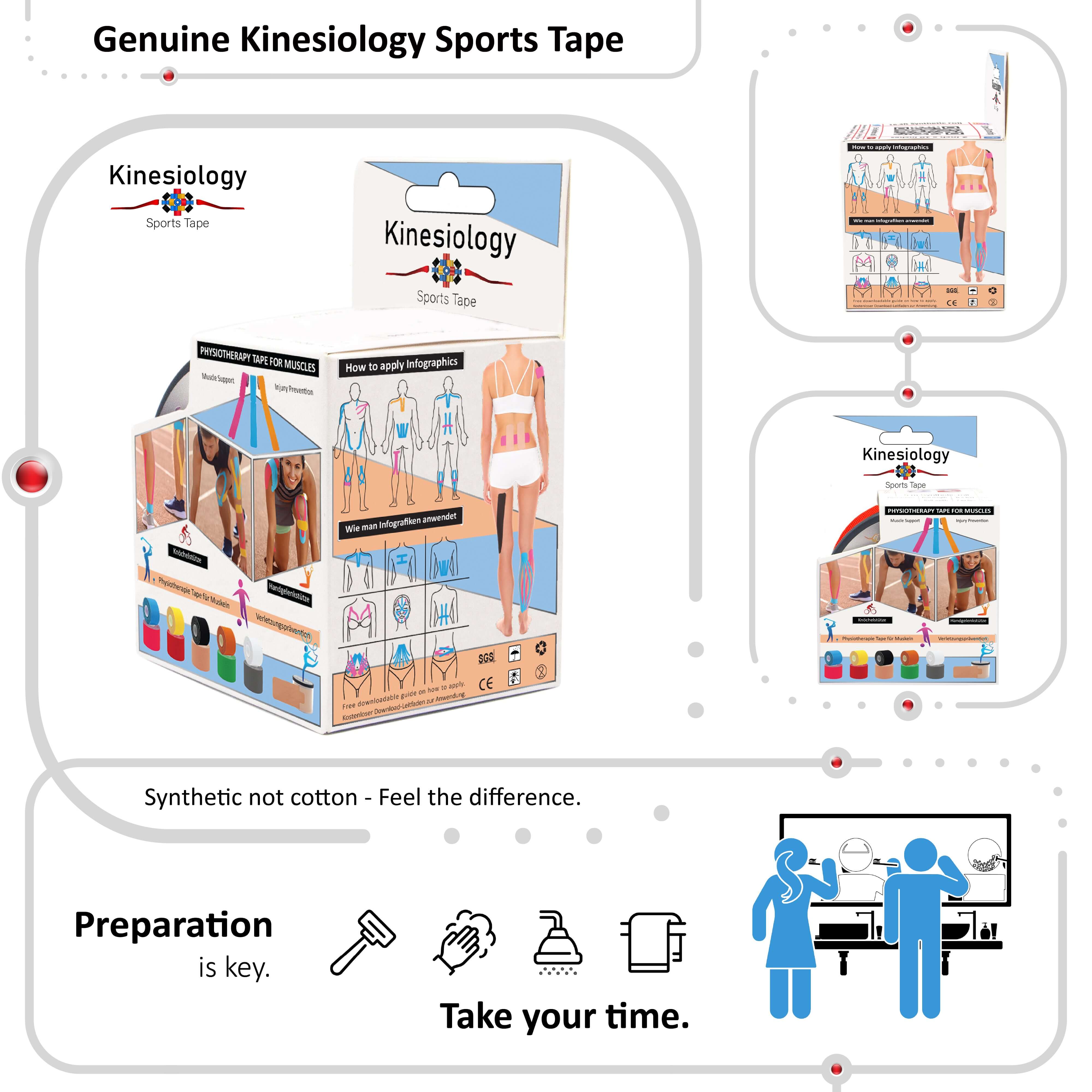
How To Use Kinesiology Tape

Kinesiology tape has revolutionized the way athletes and individuals manage pain, prevent injuries, and optimize performance. Its unique properties and application techniques have made it a popular choice in sports medicine and physical therapy. In this blog post, we'll explore the step-by-step process of using kinesiology tape effectively to harness its full potential for healing and support.
Step 1: Preparation
Before applying kinesiology tape, it's essential to prepare the skin properly. Start by cleaning the area with mild soap and water to remove any dirt, oil, or lotion. Ensure the skin is dry and free from sweat to promote better adhesion. If necessary, shave the area to ensure a smooth surface for tape application.
Step 2: Cutting the Tape
Next, cut the kinesiology tape to the desired length for application. Use a pair of scissors to create rounded edges on the corners of the tape to prevent premature peeling. It's essential to cut the tape with smooth edges to avoid irritation or discomfort during wear.
Step 3: Applying the Tape
Begin by gently stretching the skin in the area where you'll apply the tape. This helps create tension and provides a stable surface for tape application. Peel off the backing of the tape and apply it directly to the skin, ensuring even pressure and smooth adhesion. Avoid stretching the tape excessively, as this may cause discomfort or restrict movement.
Step 4: Activating the Adhesive
Once the tape is applied, rub or apply gentle pressure to activate the adhesive and ensure proper bonding with the skin. You can also use a small amount of warmth, such as rubbing the tape between your hands, to enhance adhesion. This step helps ensure the tape stays in place during physical activity or movement.
Step 5: Checking for Comfort and Range of Motion
After applying the tape, check for any signs of discomfort or restriction in range of motion. The tape should feel comfortable and supportive, allowing for natural movement without causing irritation or discomfort. If necessary, adjust the tension or reapply the tape to achieve the desired level of support and comfort.
Step 6: Removing the Tape
When it's time to remove the kinesiology tape, gently peel it off the skin in the direction of hair growth to minimize discomfort. Avoid pulling the tape off forcefully, as this may cause skin irritation or damage. Use a mild adhesive remover or baby oil to help loosen the tape and make removal easier, especially if the tape has been worn for an extended period.
Using kinesiology tape effectively requires proper preparation, application technique, and attention to detail. By following these steps, you can harness the full benefits of kinesiology tape to support your body's natural healing processes, prevent injuries, and optimize performance. Whether you're an athlete recovering from an injury or an individual managing chronic pain, kinesiology tape offers a versatile and non-invasive solution for promoting better health and well-being.

